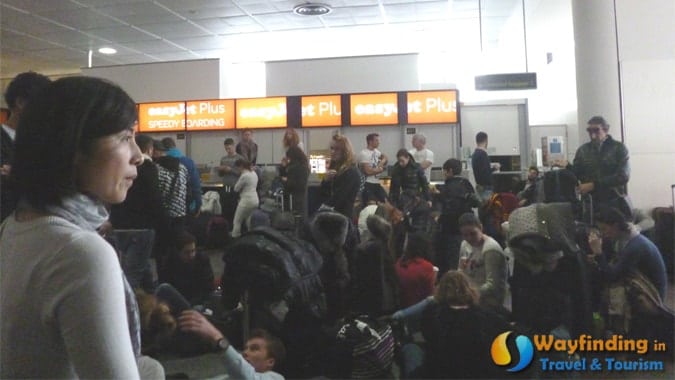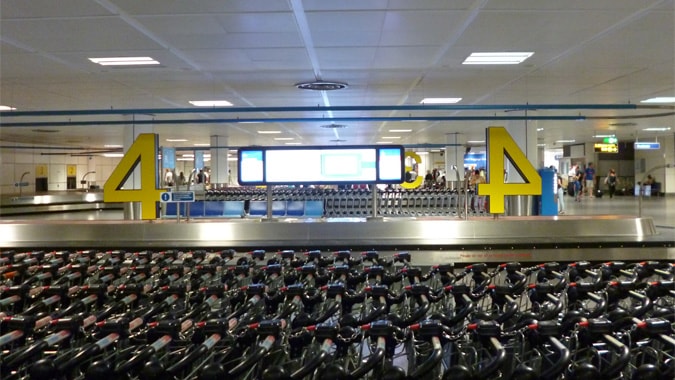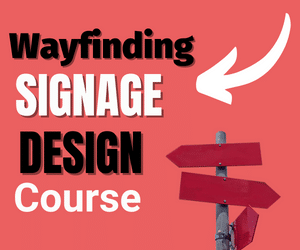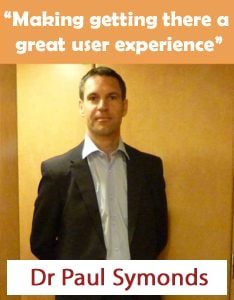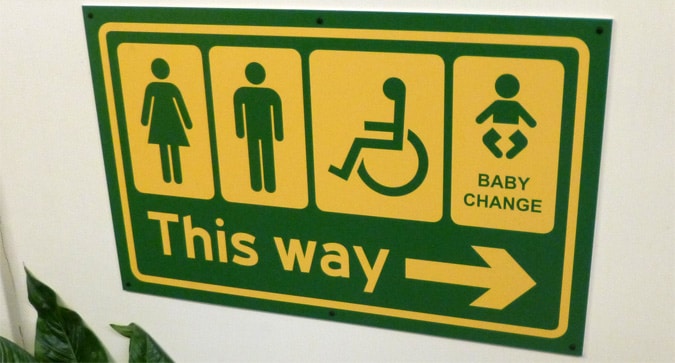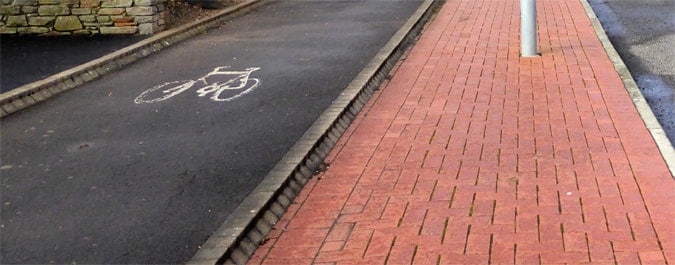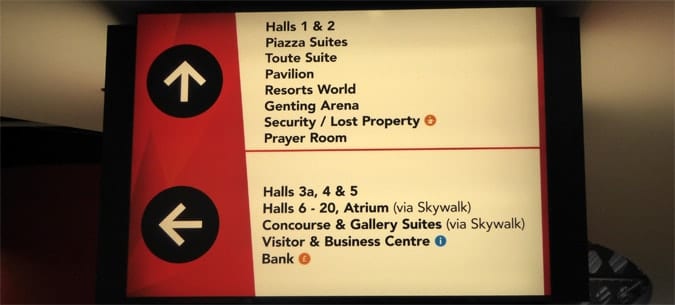Last Updated on June 11, 2023
The effectiveness and efficiency with which you guide passengers around an airport has important repercussions. A great airport user experience means two things! A much greater opportunity to:
- get passengers to return again to the airport in the future.
- develop extra revenues as happy relaxed passengers are proven to mean increased spending behaviour.
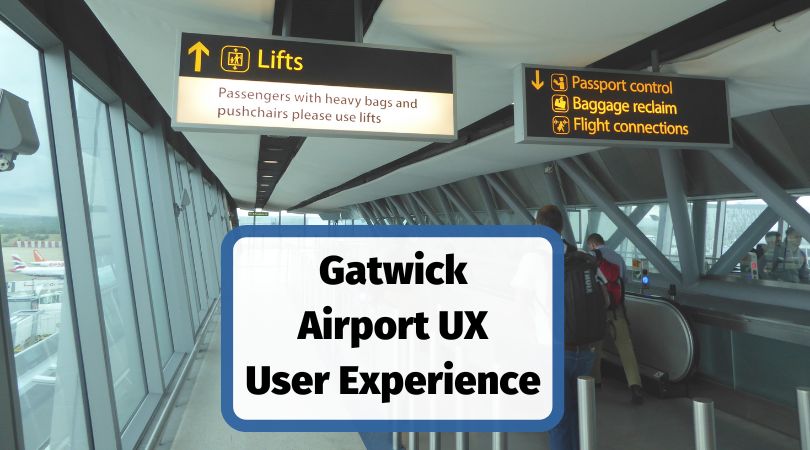
Table of Contents
What is Wayfinding
Wayfinding is too often seen as simply being about guiding people directly and quickly from A to B, when in fact wayfinding is a much more dynamic activity and one which offers managers of travel hubs many opportunities.
Passengers rarely go in a direct route because of heuristic needs such as the need to buy a bottle of water, to sit down and eat a meal before traveling, or to browse the shops.
Wayfinding, in other words, is a very heuristic activity and one which produces many opportunities for locations such as airports, coach stations, tourist attractions, and so on.
Wayfinding, from a stakeholders point of view, also includes:
- Commercialising your space and guiding to optimise these opportunities.
- Creating an experience that creates a positive user experience and makes passengers want to re-use or return to your location. Using an airport as an example, building a reputation amongst your passengers for providing a great customer experience (or at least a positive experience).
- As part of this experience and as part of the wayfinding planning and strategy, creating a narrative for passengers to build a story as part of the experience can be very useful. If you are an airport in Japan then why not build a story around Japanese heritage or culture, or do what Honolulu airport sometimes does and build the culture into the airport wayfinding experience.
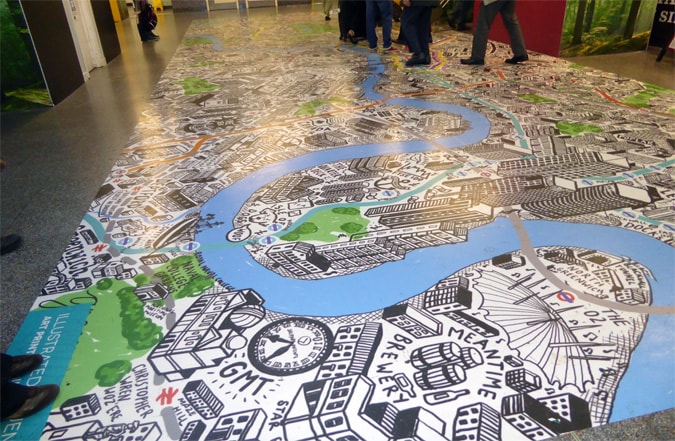
Recent Gatwick Airport User Experience (UX)
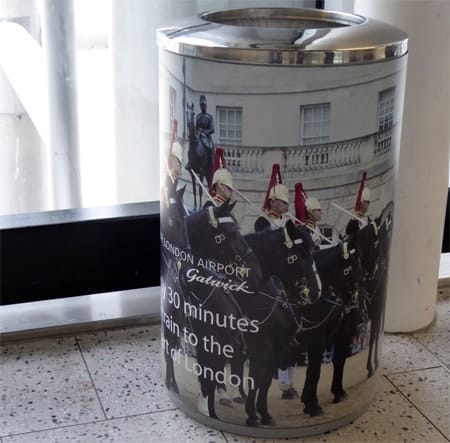
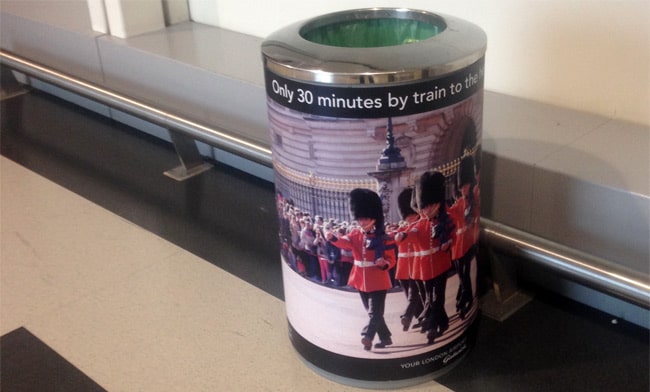
Gatwick Airport, as one of the major airports serving London, England, has been making great efforts recently to really provide the best possible customer experience and to improve their wayfinding system.
Under the guidance of Claire Kennedy and her Terminal Operations team (including managers Tom Harris and Tom Bartlett ), a lot of attention to detail has been given to developing this experience as people find their way around the terminals.
Building a Narrative
One great example of what the team has been doing is shown below, whereby they have created this lovely set of images, in this example, to hide the bins area.
As passengers walk by on their journey between A and B, the image of woodlands is a clever way to turn around what otherwise would be a negative element to the route.
This clever attention to details that Claire and the two Toms have given to all aspects of the terminals is impressive.
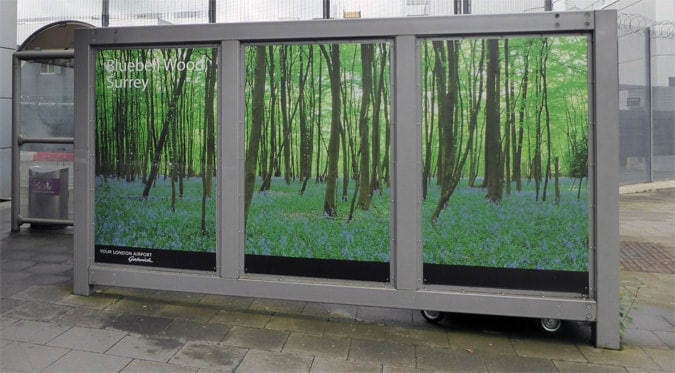
Wayfinding, Language and Culture
In my own recent research for my Ph.D. in Wayfinding, the difficulties and issue of language show to be important in wayfinding.
Airports face a difficult task in a wayfinding context, because these hubs are often such complex buildings, with so many airlines and with passengers from such a wide variety of countries and cultures.
One of the best ways to begin to overcome this issue is to make use of internationally known icons as much as possible, where they can be used rather than text.
Text will be essentially on many signs but where icons can be used, I would recommend using them.

One thing which Gatwick Airport is doing well is its attempt to guide and help passengers with different language needs.
Clear icons/images in the form of large flags are a perfect way to capture the attention of those in need of Italian language help, as shown below.
As we travel, the one thing we all seem to love is to see our own national flag.
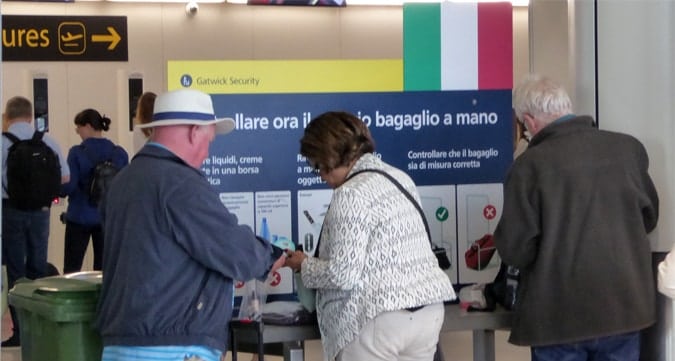
Working with Partners
Building a great customer experience, which is connected to your wayfinding system, means also working as closely as you can with partners.
You are only as good as the efficiency of your partner’s products and services.
A passenger who throws a tantrum because their coin has got stuck in the car park payment meter (which is supplied to you from a 3rd party company) will leave a distaste with the customer which reflects directly onto you.
Gatwick as an airport has been working closely with many partners and a great example is shown below with the implementation of these nice shiny and jazzy ticket units for National Express tickets (the main coach company in the UK and who serve most UK airports and UK cities).
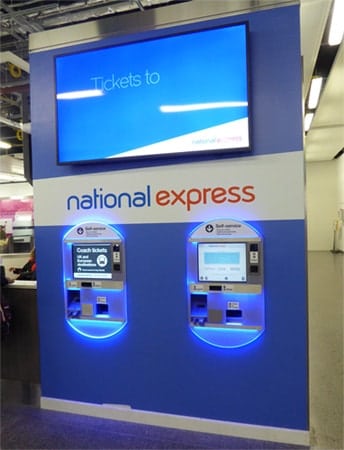
Making Powerful Information Points
When I do Wayfinding audits, I see so many clients making poor use of the locations at which passengers naturally expect to find information.
At Gatwick, they have utilized areas such as the bus stops to provide clear bus stop information.
They could, to be fair, also further utilize these stops and build on the existing signage, particularly with a digital solution that links it to the buses and coaches.
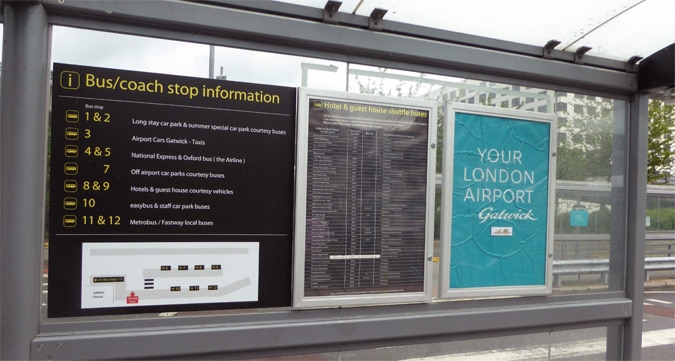
Children and the Route from A to B
As passengers, routes through a location are also generally perceived as being only as good as that of the people who we have to travel alongside.
We may be in charge of children or a disabled partner.
If they are unhappy with the experience, the chances are we will form a negative impression also.
Creating child-friendly areas and areas which provide an enjoyable experience is invaluable and Gatwick Airport has some interesting areas, such as the interactive floors, which are located for kids at some gate areas.
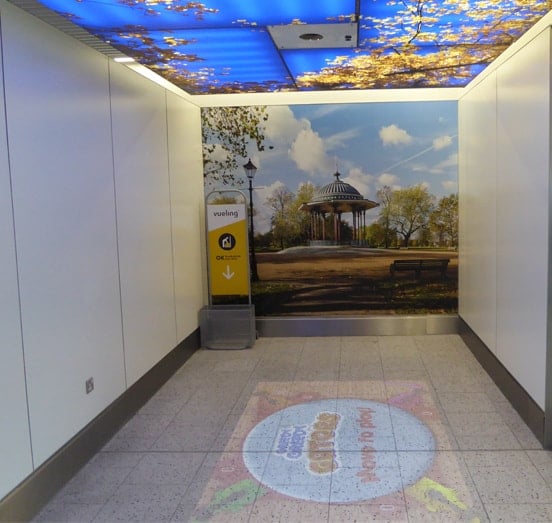
Providing Clear Travel Information
When we are on holiday we are often in a state of mind which leads us to often miss the obvious.
We are in relaxation mode and focused on our destination or even the factors discussed earlier, such as trying to keep children entertained.
We need, as wayfinding designers, to make signage as clear and as bold as possible, but without over-signing areas.
Gatwick seems to have created a fairly good balance with some good signage which lays out some of the route options.
Whilst signage such as that shown below might seem obvious, this is often exactly the type of detail sometimes needed in an airport.
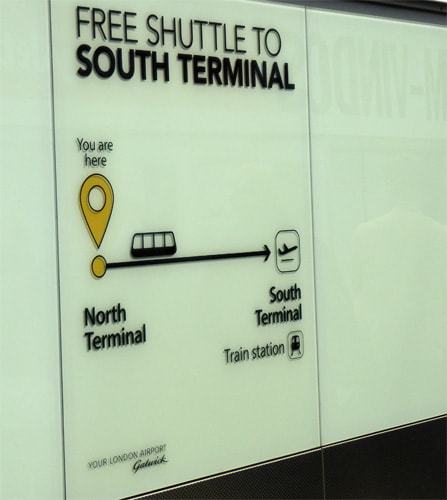
Dr Paul Symonds has a PhD in Wayfinding from Cardiff Metropolitan University in the UK. Paul works with the signage industry, airports and other locations providing wayfinding audits, consultancy and training.


